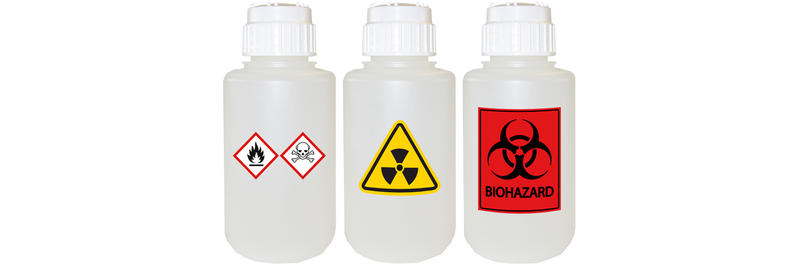Some Known Details About Reclaim Waste
Some Known Details About Reclaim Waste
Blog Article
Not known Facts About Reclaim Waste
Table of ContentsThe smart Trick of Reclaim Waste That Nobody is DiscussingThe Single Strategy To Use For Reclaim WasteReclaim Waste Fundamentals ExplainedHow Reclaim Waste can Save You Time, Stress, and Money.8 Easy Facts About Reclaim Waste Explained
Residential sewage waste refers to the waste and items from a residential septic storage tank. The proper monitoring and disposal of domestic sewage waste require liquid waste to be transferred to a sewage treatment plant where the appropriate methods and devices are applied to cleanse and dispose of waste.
Business waste often consists of potential hazards, such as flammable products or a blend of liquid and strong waste items, and needs a much more innovative and comprehensive disposal procedure. The disposal of commercial waste generally entails the purification of waste prior to transportation to make certain safe and correct disposal. Hazardous waste is developed from byproducts and drainage of industrial processes and production.
This sort of waste can not utilize the very same sewage administration transport or procedures as septic or business fluids. The commercial waste monitoring process calls for the assessment and testing of liquid waste prior to it undertakes the disposal process (liquid waste removal). Drainage waste is the fluid waste that comes from runoff and excess stormwater in highly booming areas or cities
Runoff waste can trigger contamination and flooding if not handled appropriately. Making certain appropriate waste administration can protect against catastrophes and minimize environmental injury.
Reclaim Waste Fundamentals Explained
Contact PROS Providers today to learn more about our waste management and disposal services and the correct ways to care for the fluid waste you produce.
(https://www.edocr.com/v/pd6avrzq/leonaube33101/reclaim-waste)Do you recognize what occurs to your water when you end, flush the bathroom or drain pipes the cleaning maker? No? Well, it's worth recognizing. This so-called 'wastewater' is not only an essential resource yet, after therapy, will be launched to our land, waterways or the ocean. Made use of water from toilets, showers, bathrooms, cooking area sinks, washings and industrial processes is called wastewater.

water utilized to cool equipment or tidy plant and tools). Stormwater, a form of wastewater, is drainage that moves from agricultural and city areas such as roof coverings, parks, gardens, roads, courses and gutters right into stormwater drains pipes, after rainfall. Stormwater flows unattended straight to local creeks or rivers, ultimately reaching the ocean.
Reclaim Waste - The Facts
In Queensland, a lot of wastewater is treated at sewage therapy plants. Wastewater is moved from residential or commercial sites through a system of drains and pump terminals, understood as sewerage reticulation, to a sewage treatment plant. City governments develop, maintain and operate most sewage therapy plants. Operators are licensed under the Environmental Management Act 1994 to discharge cured wastewater at an appropriate ecological criterion into waterways.
The Department of Natural Resources encourages city governments about handling, operating and preserving sewage systems and therapy plants. In unsewered locations, city governments might require homeowners to install individual or house sewage treatment systems to deal with domestic wastewater from toilets, cooking areas, restrooms and laundries. The Department of Natural Resources authorizes the use of household systems when they are confirmed to be efficient.
A lot of stormwater receives no treatment. In some brand-new class, therapy of some stormwater to remove trash, sand and gravel has actually started utilizing gross toxin traps. Wastewater treatment happens in four stages: Removes solid issue. Bigger solids, such as plastics and various other objects incorrectly discharged to sewage systems, are gotten rid of when wastewater is gone through displays.
Makes use of tiny living microorganisms knows as micro-organisms to damage down and remove staying liquified wastes and great particles. Micro-organisms and wastes are check out here incorporated in the sludge.
The Best Strategy To Use For Reclaim Waste
Nutrient elimination is not readily available at all sewage therapy plants because it requires pricey specialised devices. Clear fluid effluent generated after treatment might still have disease-causing micro-organisms - industrial wastewater treatment.

This usually means wastewater has to be treated or pollutants gotten rid of before it can be discharged to waterways. Most wastewater streams right into the sewage system. Under the Act, city governments carry out approvals and permits for ecologically relevant activities (Periods) including wastewater releases that may have a neighborhood impact. The department administers approvals and permits to Ages entailing wastewater releases that could have a local or statewide impact.
Not known Facts About Reclaim Waste
Tracking provides factual information concerning water quality and can validate that licence conditions are being satisfied. The details gotten with monitoring provides the basis for making water high quality decisions.
Report this page